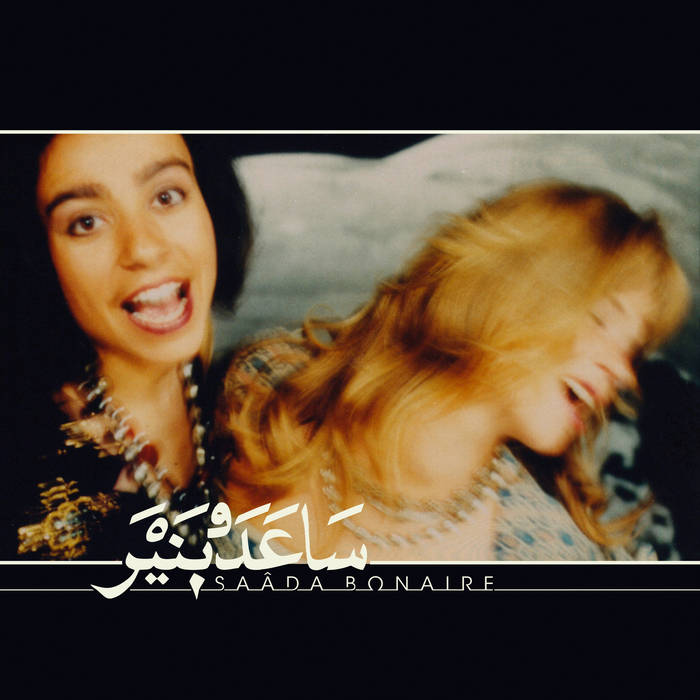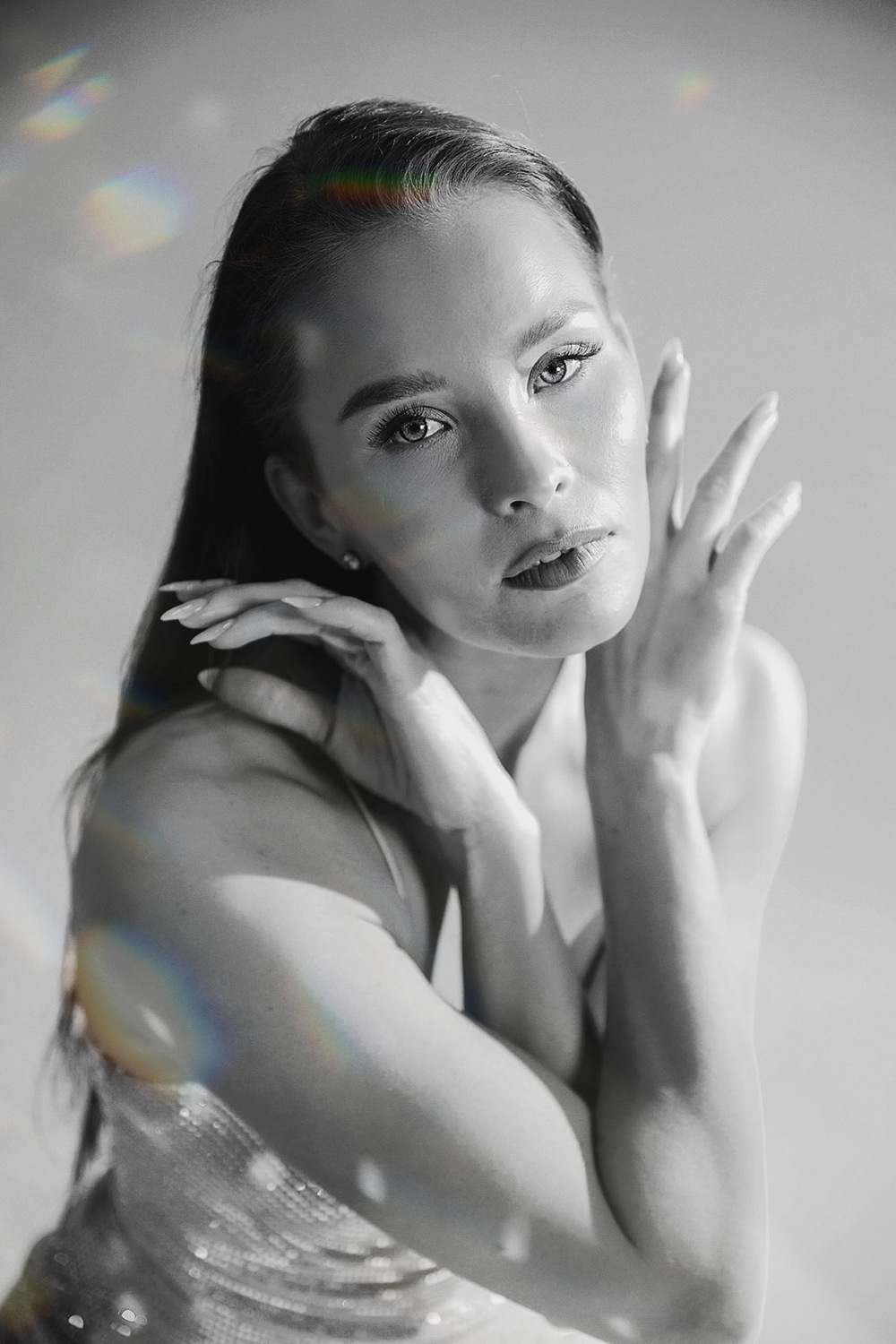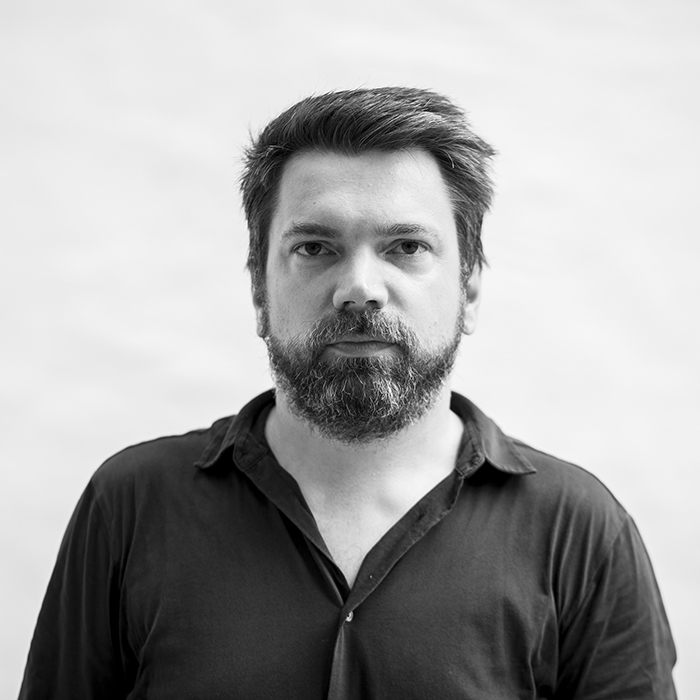Saâda Bonaire – 1992
The story of Saâda Bonaire is near perfect pop folklore. A German studio project making left-field synthpop fused with elements of Kurdish and Turkish folk music, the band were basically dropped by EMI in the mid-80’s moments before the impending release of their debut album. Having far exceeded their A&R budget, EMI chose to leave Saâda Bonaire in favour of Tina Turner. Seriously.
For all counts, the band disappeared, and it was mostly understood that the work of Saâda Bonaire was lost, destined to become a relic of the pop machine. But somehow, as fate would have it, Saâda Bonaire’s lost eponymous debut album finally saw the light of day in 2013 after Berlin electropunk band Thieves Like Us happened upon their sole release, You Could Be More As You Are. And so the project led by German DJ, Ralph Von Richthoven was given new life. The music was, alarmingly, excellent. A bizarre blend of funk, disco, synthpop, and world music, Saâda Bonaire felt shockingly ahead of its time albeit a product of its zeitgeist, holding up incredibly well in the 21st century and subsequently gaining a significant cult following. Despite the renewed interest in the group, a sequel seemed unlikely. According to Von Richthoven, the band’s tapes had all been destroyed after they failed to get signed to a new label. But again, as fate would have it, the discovery of an old tape labelled “Saâda Bonaire ‘91” in Von Richthoven’s archives would implore him to contact his former bandmates in search of similar material. In total, 12 tracks recorded by the band in the early 90’s were recovered, and like some sort of pop miracle, Saâda Bonaire’s sophomore album was no longer wishful thinking. 1992, like its predecessor, is an album of its time. It’s suspiciously serendipitous that, so soon after an artist like Charli XCX puts out a major label album inspired by the New Jack swing of Janet and the 90’s in the midst of 90’s nostalgia, that an actual Holy Grail from this era should materialise.
1992 is a remarkable piece of work. The shift from the sound of their debut to this album shows Saâda Bonaire to be a band that kept up with the trends, largely eschewing their synthfunk in favour of R&B swing beats, house, and neo-soul. The eight minute epic So Many Dreams owes much of its piano refrain and preaching vocals to George Michael’s Freedom, but then the beat drops into Madonna-esque house with touches of Kurdish folk instrumentation. Okay Its Over weaves Arabic music into its DNA, constructing its melody based on the cadence and slopes of traditional folk singing, while 7th House blends kuduro drums with 90’s acid house. It’s likely that these worldly touches were deemed too risky for labels to support in the early 90’s, a true shame considering it predates hip-hop’s adoption of Indian classical by just under a decade and would have been released more than a decade before the phenomena of Tarkan. Honestly, it’s brilliant.
1992 also features two cover tracks, a take on James Brown’s Woman and Stevie Wonder’s To Know You Is to Love You. The former is a standout, opening 1992 with every iota of what Saâda Bonaire such an immaculate pop act. Weaving Middle Eastern textures in with steamy R&B, their take on Woman entirely subverts the track into a sexually liberated feminist anthem dripping in sensuality and perfumed allure. Still, there are some questionable moments. Extremes is a bit of a mess, its harmonies never really coming together. To Know You Is to Love You is a bit strange; a horny rework on the original that’s sung as if lead vocalist Stephanie Lange were impersonating Tim Curry’s Frank-N-Furter. It’s irreverent and bizarre, hyper-sexed with overlapping layers of breaths and moans. Move From The Heart’s chorus of “We wanna dance to the African rhythm” is clumsy lyrically, particularly next to verses that are chanted in a fembot dominatrix tone. But then considering that this is a collection of demos, 1992 holds up incredibly well.
There’s something inherently en-vogue about Saâda Bonaire, from the sultry vocals of Lange and second vocalist Andrea Ebert to their speak-to-the-beat over the Chicago house stompers of the album’s latter half. Follow Your Mind, with its euphoric four on the floor and Korg refrain is as 90’s house as you can get, while the scuzzy Jack Swing and trip-hop of tracks like Running and That’s Right is entirely on-mode for the time (Madonna’s Erotica used much the same approach in 1992). 1992 is an astonishing look into the past at a time in the present where nostalgia for the 90’s has never been more pertinent. There’s something strikingly original about whatever Saâda Bonaire were cooking up thirty years ago, and it’s a rare blessing to be given the chance to dance to it at last.
Listen to Woman from 1992 below.
Follow Saâda Bonaire



